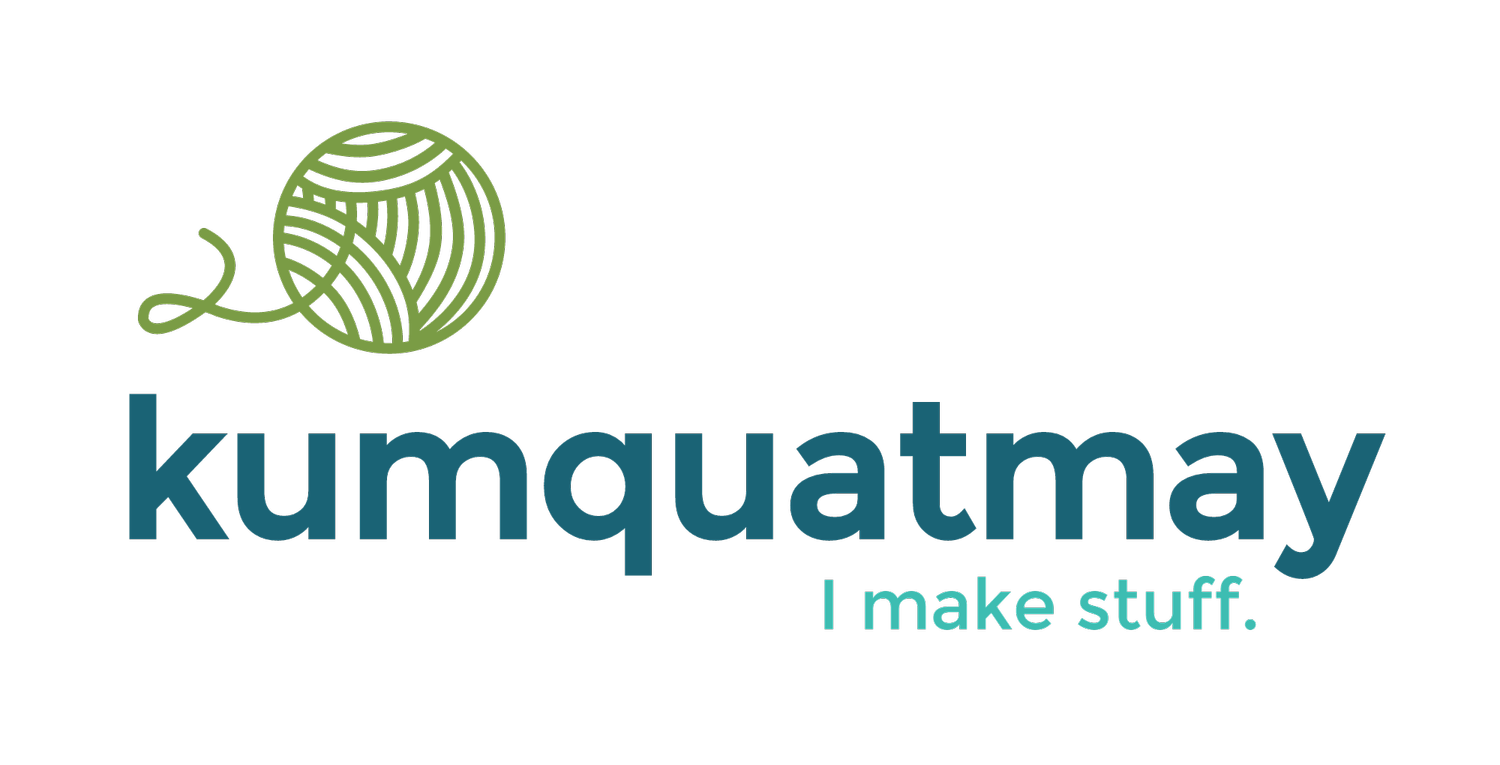Rhinebeck Sheep and Wool is like mecca for east coast knitters. It's a big festival that features knitting, spinning, weaving, fleeces, animals, herding dogs and all kinds of fiber-related things. Tons of vendors and shopping and lots of folks wearing pretty pretty knitwear that they made! And for circumstances unrelated to knitting (such as my inability to plan ahead consistently), last year was the first time I'd been able to go.
Y'all, it was awesome. I did some advance planning by going through my Ravelry queue and seeing what I wanted to make and what I was missing yarn for, and brought that list of yardage and weights with me. And I still just bought random gorgeous things that I couldn't walk away from. And learned to spin, thanks to my awesome partner in crime, my cousin Betsy!
So a #RhinebeckSweater (or, alternately, a #RhinebeckTrousseau). It's a Thing that knitters attending Rhinebeck do: make a sweater (or in the case of the trousseau, a shawl or accessory) or other garment specifically for Rhinebeck. Sometimes the goal is to show off the gorgeousness that you can produce or just have something special to make with a specific intent.
Last year, I was a slacker when it came to timing, plus it was hot out for the end of October, so I grabbed a lace shawlette I'd made the previous year. It was fine.
This year, it's going to be Sans Serif. Which feels like it's a little bit plain, for a Rhinebeck Sweater, but honestly, that's how I dress, and I'd like to wear what I make rather than not. So I'm ok with that. I think.
And I'm making good progress, which is SHOCKING to me! Look at those sleeve caps done! And the body nearly done! I even have BUTTONS people. I am prepared!
Which will probably mean I won't finish, but maybe?





